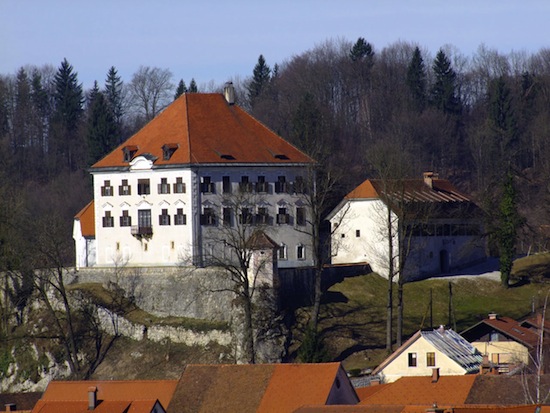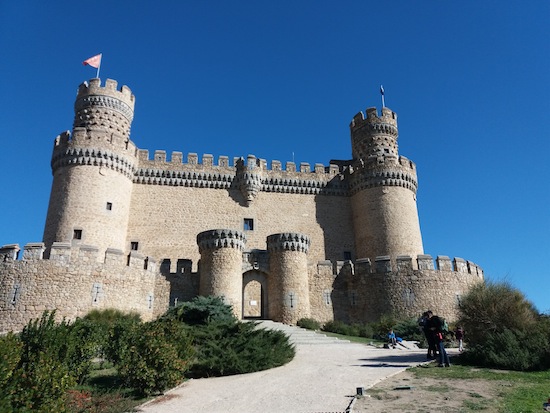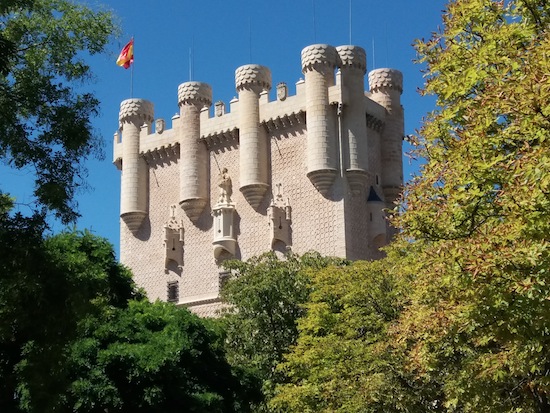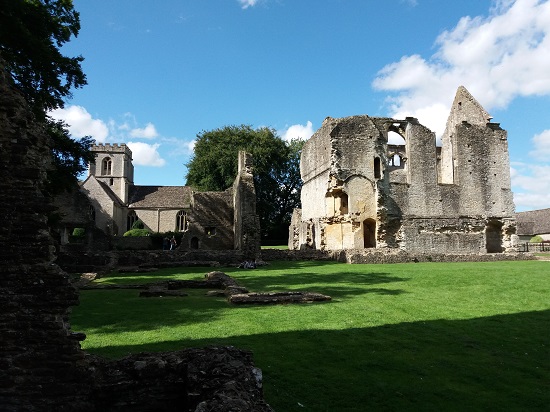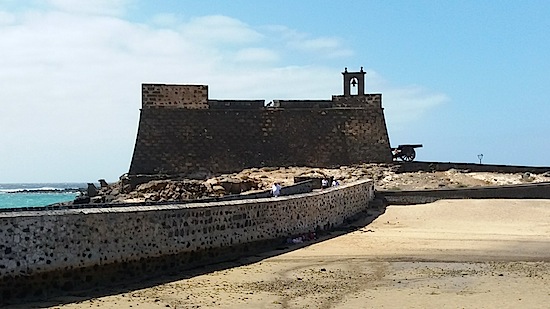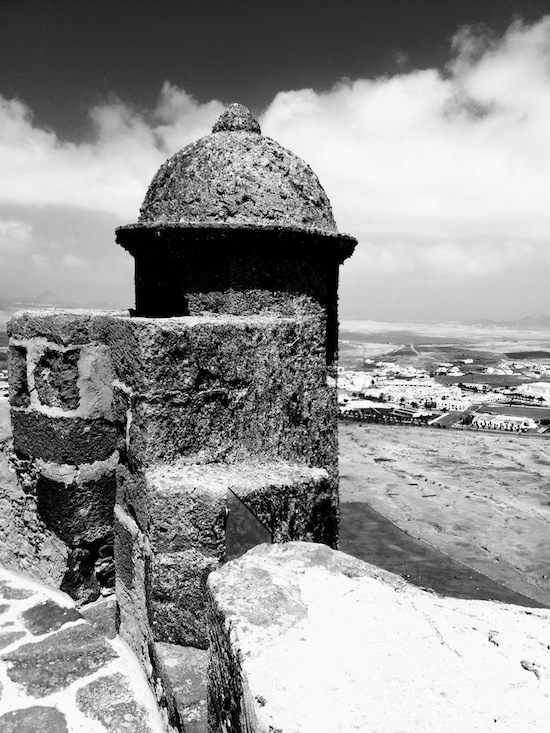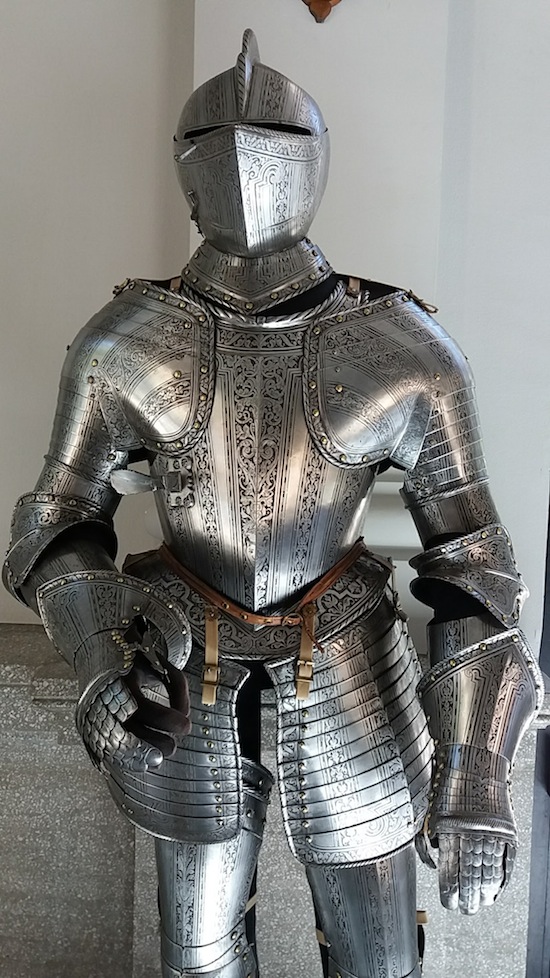Exploring the Alcazaba of Málaga, Spain
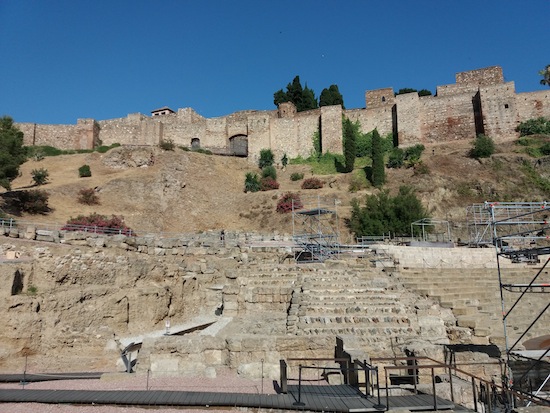
The Alcazaba with the ruins of a Roman theater in the foreground
Last week I had the pleasure of spending five days in Málaga, a historic port on Spain’s south coast. Founded by the Phoenicians around the 8th century BC, it continued to be important during Roman times and well into the modern era. While it was never one of the major ports like Barcelona, it always saw brisk trade.
The main attractions are two museums dedicated to local-boy-done-good Pablo Picasso and a pair of impressive medieval castles. The first is the Alcazaba, which loomed over the town and we’ll talk about today. Next week’s castle is further upslope and is called the Gibralfaro.

